Author: Marshall Schott
Soon after I received my undergraduate degree back in 2003, my then fiancée (now wife) and I thought it would be a good idea to spend 5 weeks backpacking around Europe, create some neat memories before getting hitched the following year. After spending a few days in Riga, Latvia, the homeland of my wife’s family, we hopped on a bus en route to Berlin, Germany, where we stayed a couple of days before heading to the beautiful Bavarian city of Munich. Delectable sausage offerings and the Marianplatz Glockenspiel notwithstanding, Munich is best known for hosting the original Oktoberfest, an annual multi-week festival that draws over 6 million people, nearly all of whom partake in the consumption of an amber lager named for the month in which it was brewed.
While my time in Munich was a couple months prior to Oktoberfest, I certainly drank my fair share of Märzen, often from a 1 liter mug that was served to me at a picnic table under a huge tent. This is where my love of the style began, and while German beer aficionados are likely chomping at the bit to point out that pale Festbier is more common at Oktoberfest than copper colored Märzen these days, great examples continue to be produced by many classic German as well as modern American breweries. The BJCP provides the following description of Märzen:
An elegant, malty German amber lager with a clean, rich, toasty and bready malt flavor, restrained bitterness, and a dry finish that encourages another drink. The overall malt impression is soft, elegant, and complex, with a rich aftertaste that is never cloying or heavy.
Upon returning home from our European adventure, I considered making a Märzen of my own but refrained due to oft cited difficulties with brewing lagers. I regularly sought out commercial examples and enjoyed watching my options increase as craft beer blew up over the following 15 years. It wasn’t until a few years ago that I finally decided to give it a go, though I cut some corners by using a notably clean ale strain that could withstand warmer fermentation temperatures. Having proven to myself many times over that certain traditional lager strains aren’t as finicky as I’d been led to believe, and jonesing for a tasty German amber lager, I threw caution to the wind and brewed one up Short & Shoddy style.
| BREWING THE BEER |
During my recent electric brewery conversion, I ended up giving away some stuff I found didn’t use much anymore, and hence I didn’t have all of the grain required for my (m)Oktoberfest recipe. I made some adjustments, swapped out the yeast strain, and ended up with something I thought would work out well.
Short & Shoddy Märzen
Recipe Details
| Batch Size | Boil Time | IBU | SRM | Est. OG | Est. FG | ABV |
|---|---|---|---|---|---|---|
| 5.2 gal | 25 min | 22.3 IBUs | 12.9 SRM | 1.056 | 1.011 | 5.9 % |
| Actuals | 1.056 | 1.009 | 6.2 % | |||
Fermentables
| Name | Amount | % |
|---|---|---|
| Metolius Munich-style Malt (Mecca Grade) | 10 lbs | 71.43 |
| Pilsner (Weyermann) | 2 lbs | 14.29 |
| Vanora Vienna-style Malt (Mecca Grade) | 2 lbs | 14.29 |
Hops
| Name | Amount | Time | Use | Form | Alpha % |
|---|---|---|---|---|---|
| Magnum | 12 g | 25 min | First Wort | Pellet | 12.9 |
| Tettnang (2017) | 30 g | 15 min | Boil | Pellet | 4.4 |
Yeast
| Name | Lab | Attenuation | Temperature |
|---|---|---|---|
| Urkel (L28) | Imperial Yeast | 73% | 52°F - 58°F |
Notes
| Water Profile: Filtered Fresno tap water with some gypsum and calcium chloride |
Download
| Download this recipe's BeerXML file |
I started collecting water for this batch at 1:53 PM one pleasant August afternoon.
As the water was heating up, I poured some gypsum and a little calcium chloride into my built-in measuring claw then stirred it into the water.
I then measured out and milled the grain directly into a BIAB fabric filter.
When the water was properly heated, I stirred the grains in before checking the mash temperature.
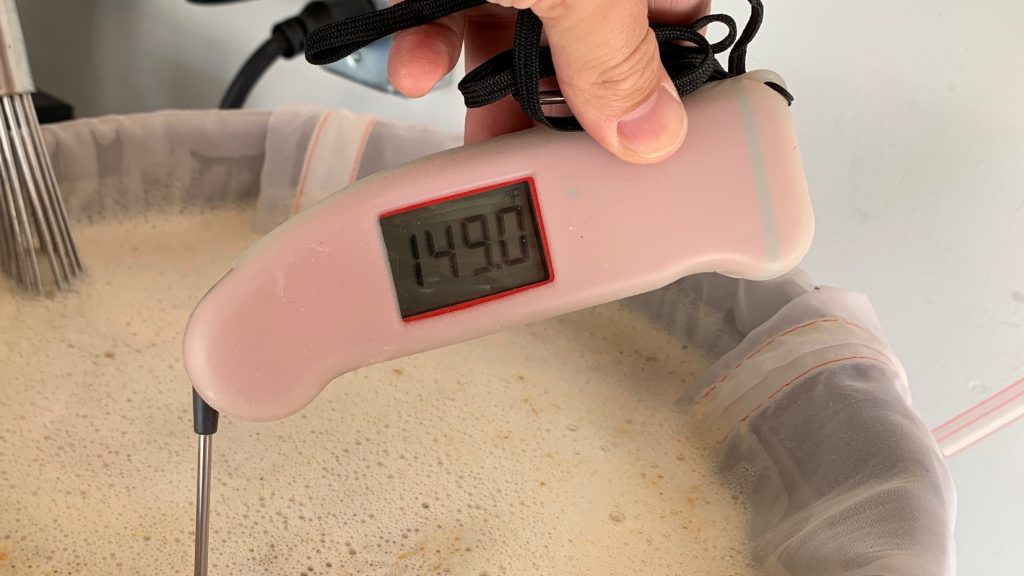
During the brief 25 minute mash rest, I returned occasionally to give it a good whippin’ with my comically large whisk.
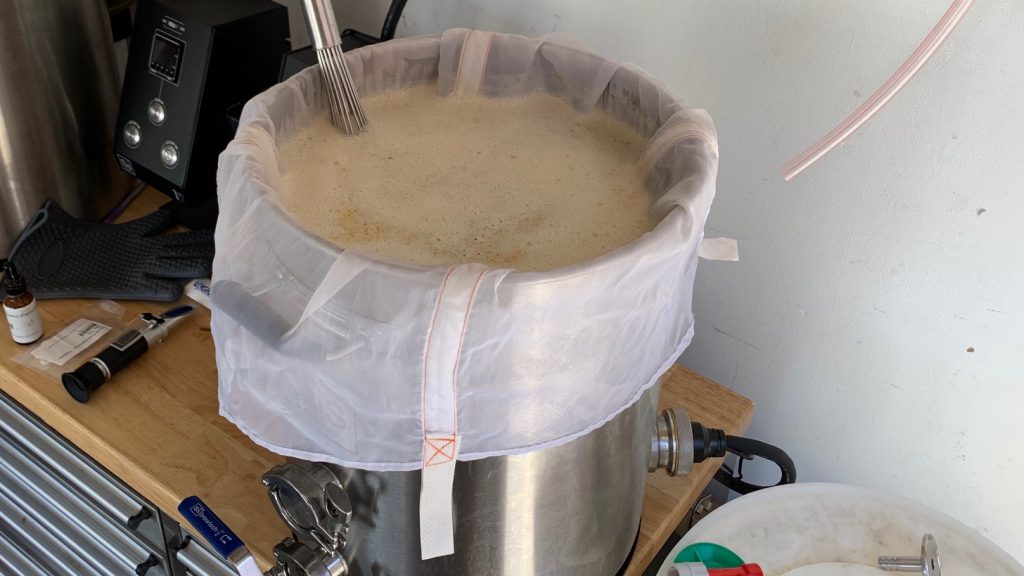
I proceeded to measure out the kettle hop additions.
With the short mash rest complete, I removed the grains and gave the bag a gentle squeeze to achieve the proper pre-boil volume before setting the controller to heat things up. The wort was then boiled for just 20 minutes with hops added at the times listed in the recipe.
When the boil was complete, I quickly chilled the wort with my IC.
A refractometer reading showed the wort hit my target 1.056 OG.
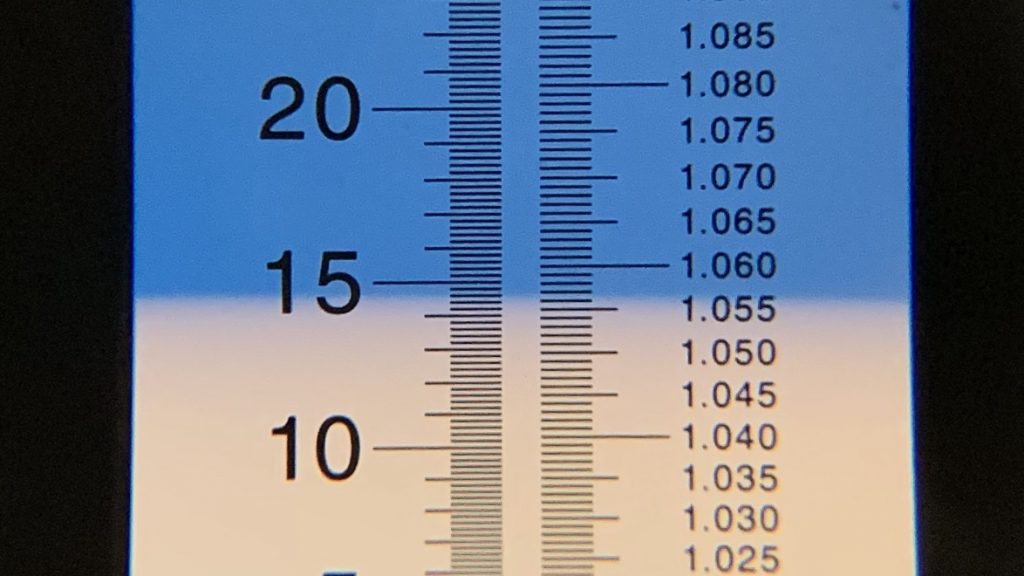
This is where things got a little more shoddy. After kegging the Short & Shoddy International Pale Lager 3 weeks prior, I left the sealed fermenter with a thick slug of Imperial Yeast L28 Urkel sitting in my 50°F/10°C chamber. Rather than pitch a new pouch, I simply racked the wort into the used fermenter.
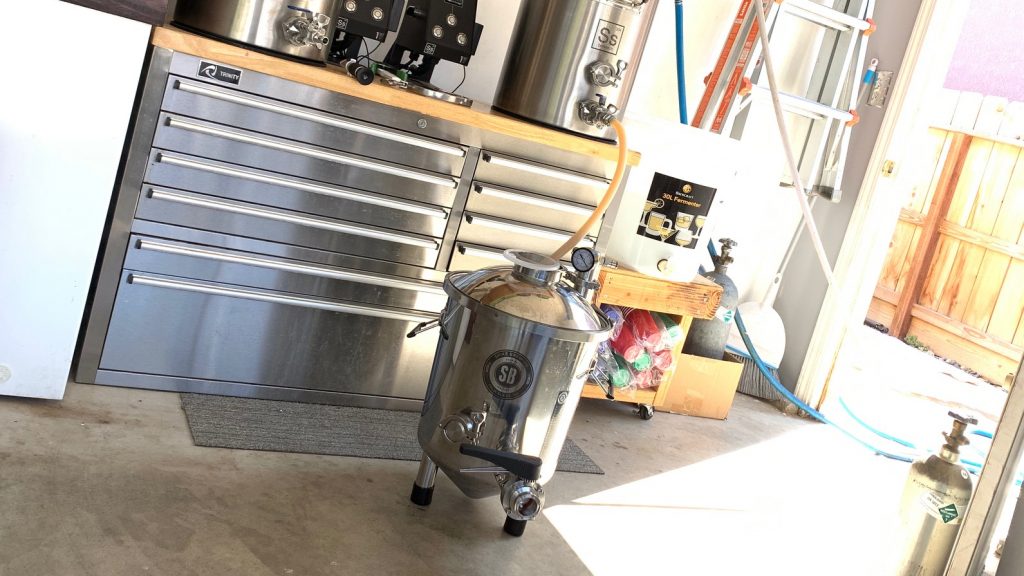
While I was only able to chill the wort down to about 74°F/23°C, the cool trub assisted in dropping it to a somewhat more acceptable pitching temperature.
The filled fermentation vessel was placed back in my chamber controlled to 66°F/19°C and hooked up my CO2 capture device. The time was 3:33 PM for a total brew day time of 1 hour 40 minutes.
I noticed activity had all but ceased after 6 days of fermentation and took a hydrometer measurement showing FG had been reached.
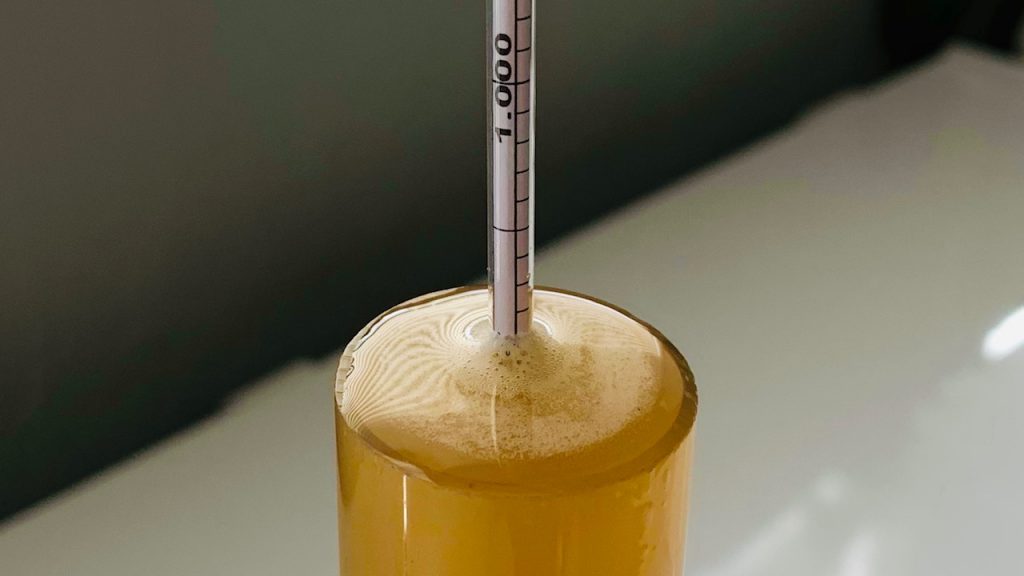
At this point, I hit the my fermenter with 2 psi of CO2 and reduced the temperature in the chamber to 33°F/1°C for cold crashing. The following evening, I added gelatin fining then waited another 4 days before proceeding with racking the beer to a naturally purged keg.
The beer was placed in my keezer and burst carbonated overnight before I reduced the gas to serving pressure. I let the beer condition for 10 days before serving it to tasters for evaluation.
| RESULTS |
A total of 17 people of various levels of experience participated in this Short & Shoddy evaluation. Participants were informed of the specific beer style and provided the BJCP description prior to completing the survey. Tasters were then instructed to rate how hoppy, malty, and dry they perceived the beer to be on a 0-5 scale where a rating of 0 indicated “not at all” and 5 indicated “extremely.”
Tasters were provided a list of common hop, malt, and yeast characteristics then instructed to select from each the one they perceived as being most prominent in the beer.
Hop Characteristics
Malt Characteristics
Yeast Characteristics
Next, participants were asked to indicate whether or not they detected any off-flavors in the beer; those who did were provided a list of common off-flavors and instructed to select the one they perceived as being strongest. Not a single taster identified any off-flavors in this beer.
Tasters were then asked to rate how well the beer represented the intended style, based on the provided BJCP description, on a 0-5 scale where 0 meant “not at all” and 5 meant “exactly.”
Finally, tasters were asked to rate how much they enjoyed the beer on a 0-5 scale where 0 indicated they hated it and 5 indicated they loved it.
My Impressions: While sampling this beer a few days after kegging it, a point at which it hadn’t fully cleared, I shot the following message to the other Brülosophy contributors: “This may be the best Märzen I’ve made to date, certainly the best I’ve drank this season.” The following weekend, when I began serving it to tasters, my experience was confirmed– the beer was fantastic. I perceived it as having a toasty malt that wasn’t rich or cloying with a nice earthy hop character that didn’t get in the way. I could easily drink this beer by the liter!
| CONCLUSION |
Of the various lager styles that exist, Märzen easily falls in my top 3, as it offers a bit more complexity while remaining crisp, clean, and crushable. At least this is the case for what I believe to be good examples. I can’t count the number of times a Märzen has come across to me as cloyingly sweet or awkwardly fruity, characteristics I’ve intentionally aimed to avoid in the years I’ve been brewing this tasty German style.
For my initial attempts at brewing Märzen, I tended to throw quite a few different grains into the mix, in part to achieve the flavors typically associated with decoction, which I had no interest in performing. And to mitigate my fear of traditional lager yeast, I opted to use a hybrid ale strain known for fermenting cleanly. Having reconsidered many of the brewing beliefs I once held so rigidly to, I wasn’t terribly worried about how this Short & Shoddy Märzen would turn out, and based on taster evaluations, I’d say it was pretty damn good.
I think it’s telling that, despite all of the corners cut during the brewing process, not one taster noted any off-flavors in the beer, and even more, most reported enjoying it quite a bit. I’ve not done much over-pitching of yeast in my day and have only ever racked onto a yeast cake once prior to this batch, so this is where most of my concern laid. Would the over-pitch lead to an insipid beer? What about all the trub from the previous batch that was present? To my tastes, any impact of this method was neutral at best, as the beer ended up being quite delicious. Using more traditional brewing methods may mean saving a small amount of coin on ingredients, but given the outcome of this Märzen along with my busy schedule, I definitely plan on brewing it again using the same Short & Shoddy approach!
If you have thoughts about this Short & Shoddy brew, please feel free to share it in the comments section below!
Support Brülosophy In Style!
All designs are available in various colors and sizes on Amazon!
Follow Brülosophy on:
FACEBOOK | TWITTER | INSTAGRAM
If you enjoy this stuff and feel compelled to support Brulosophy.com, please check out the Support page for details on how you can very easily do so. Thanks!


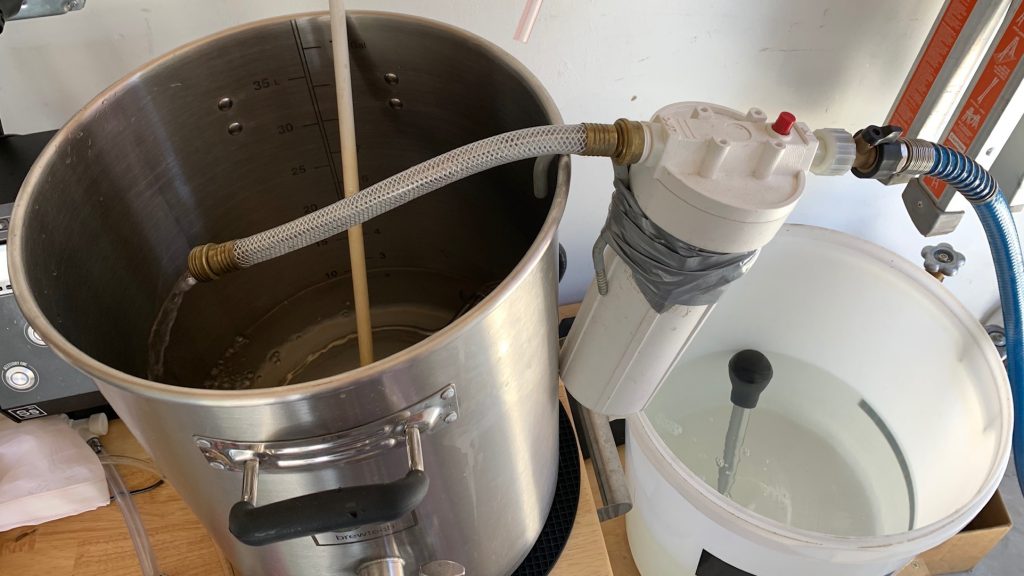
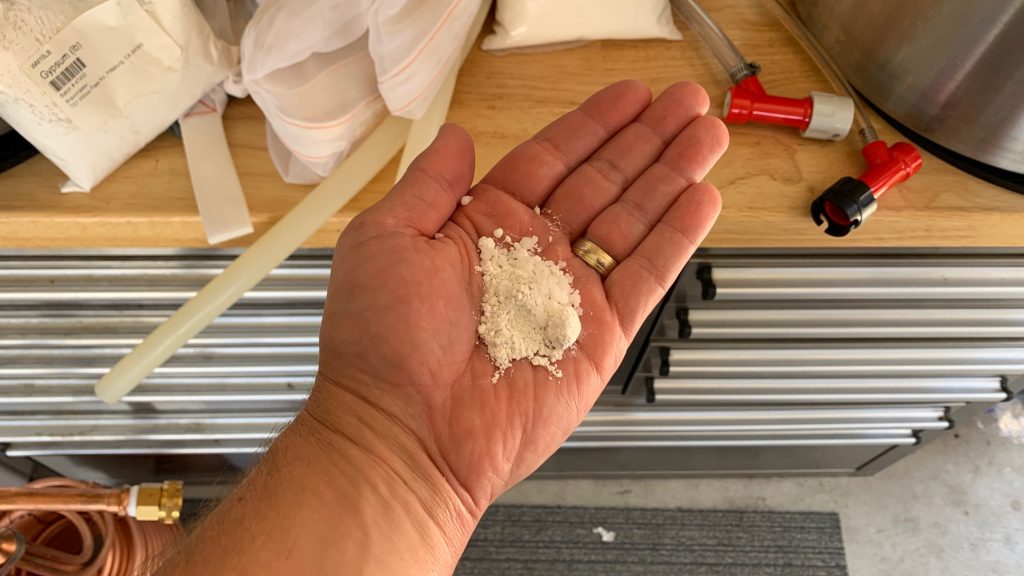
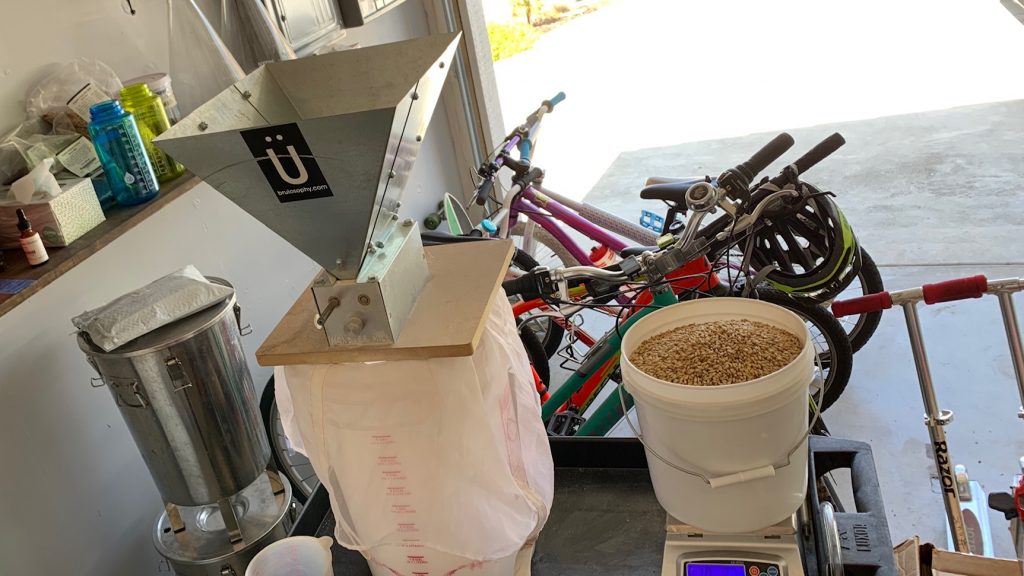
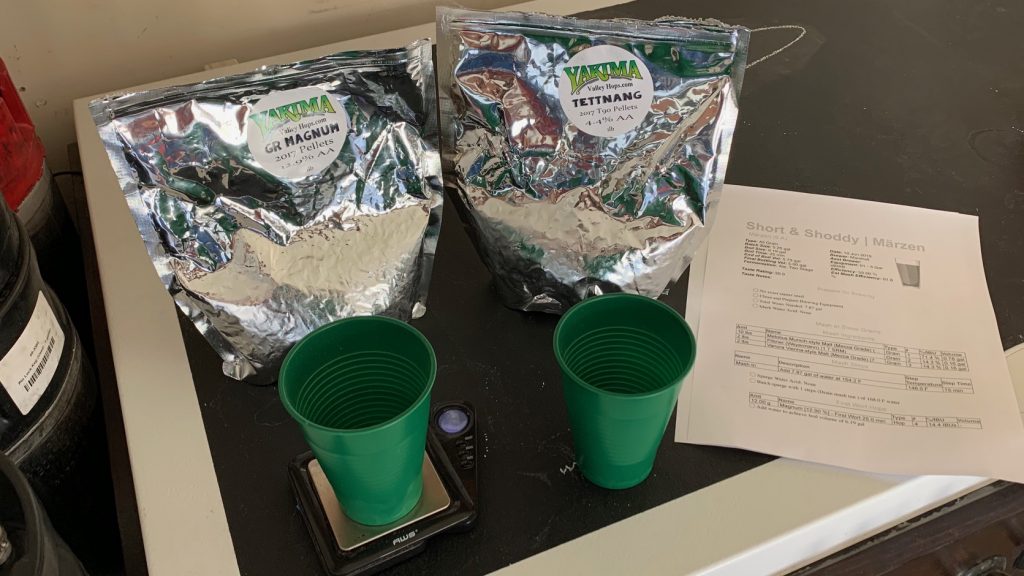
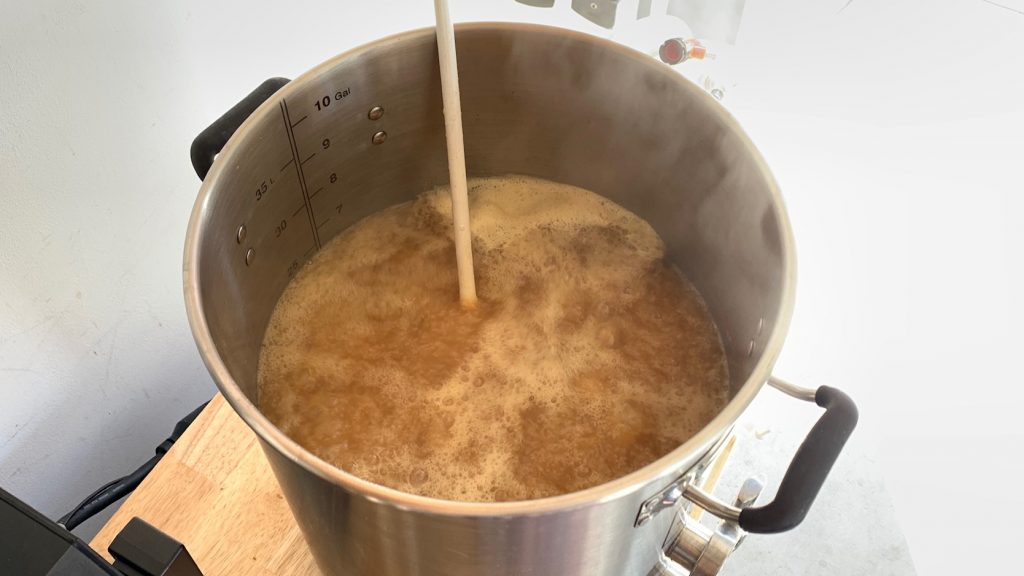
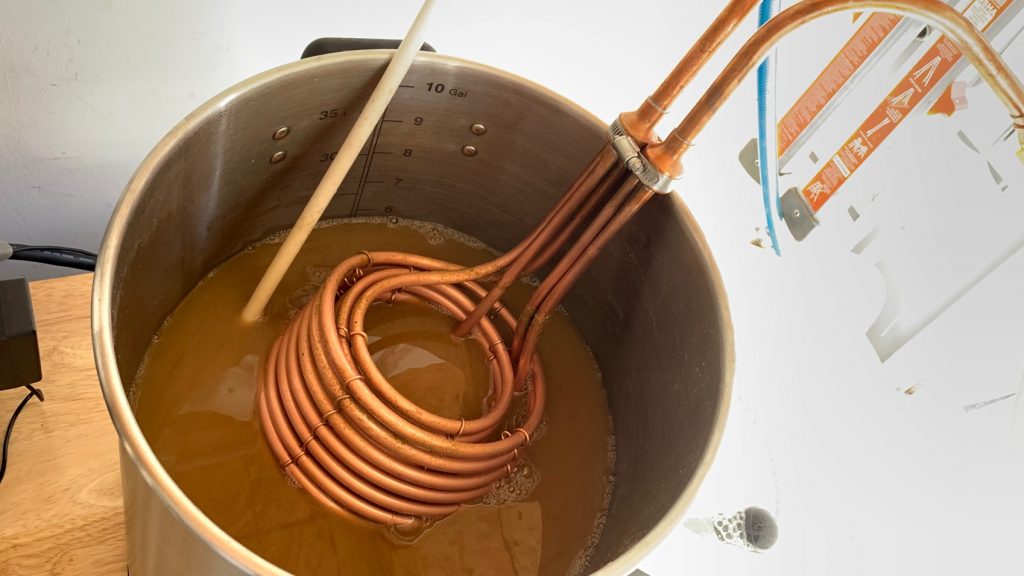
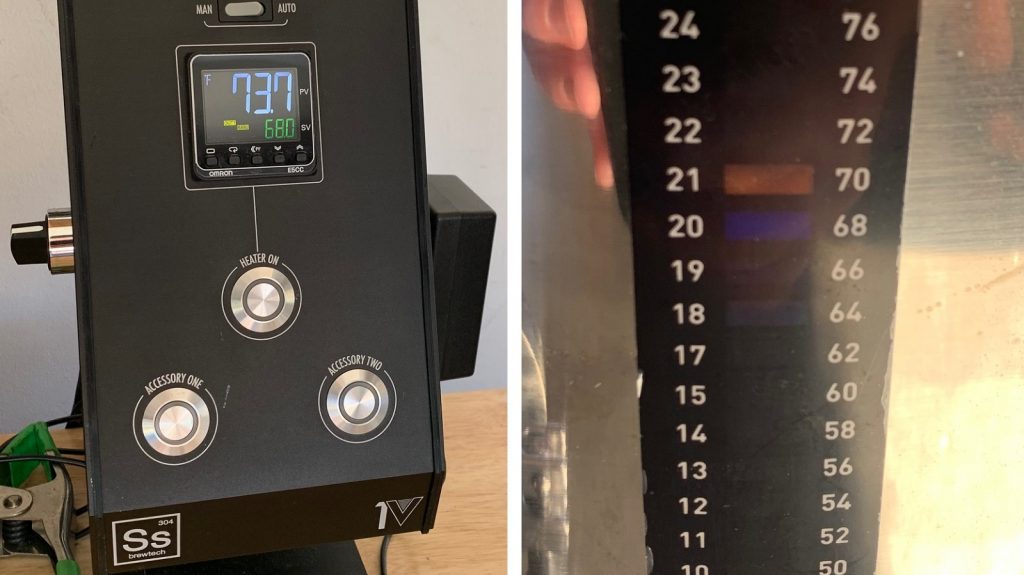
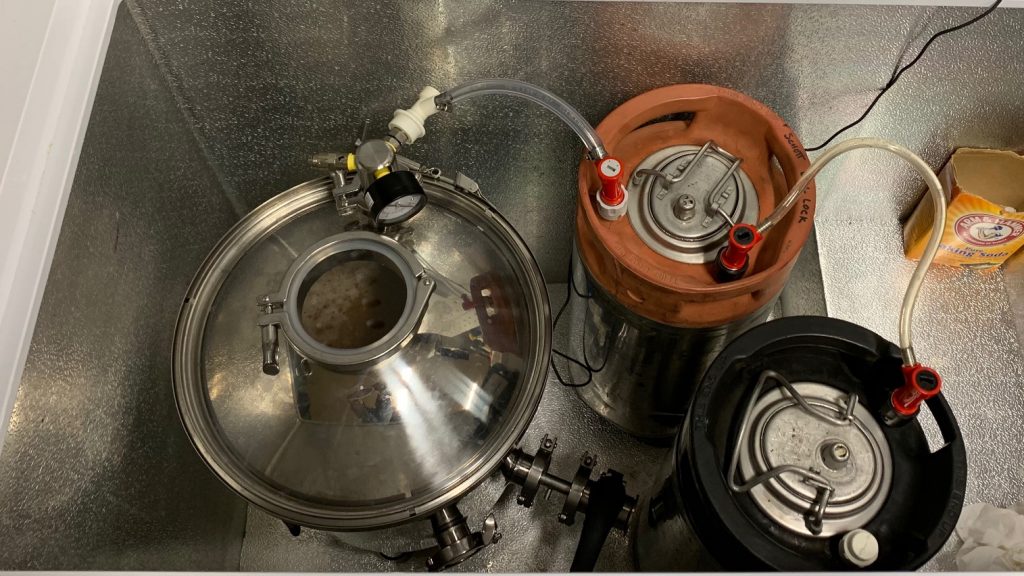
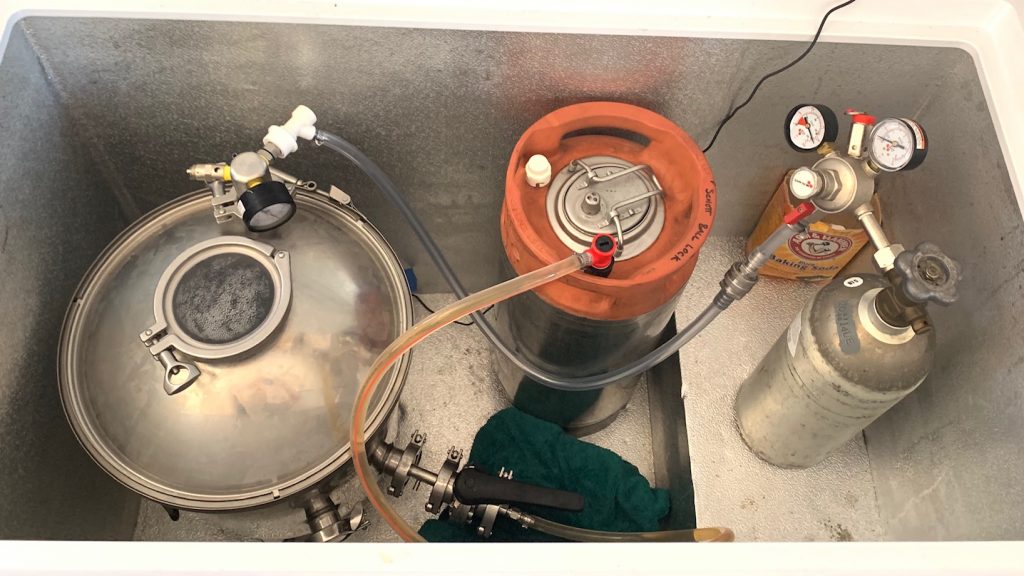
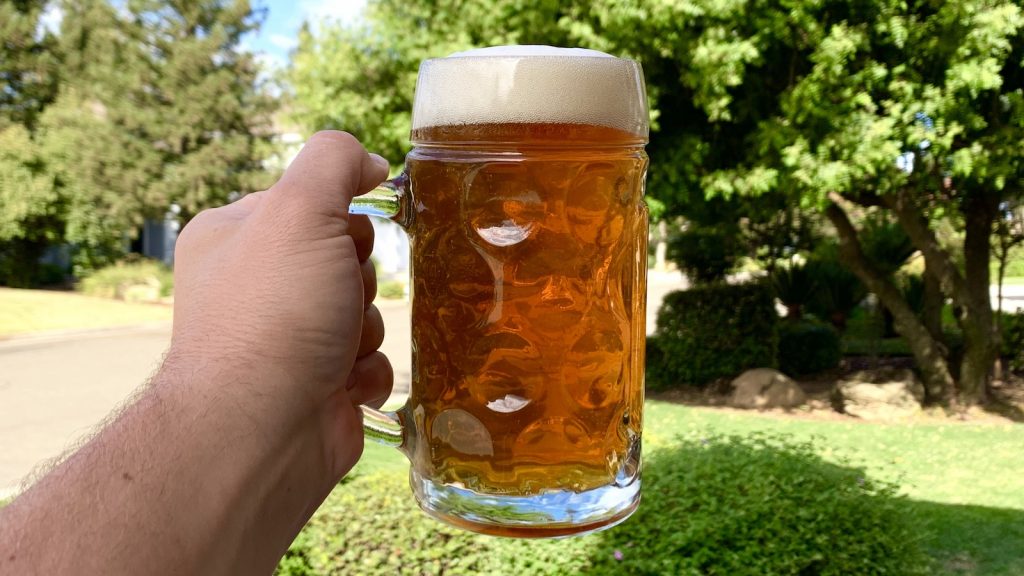
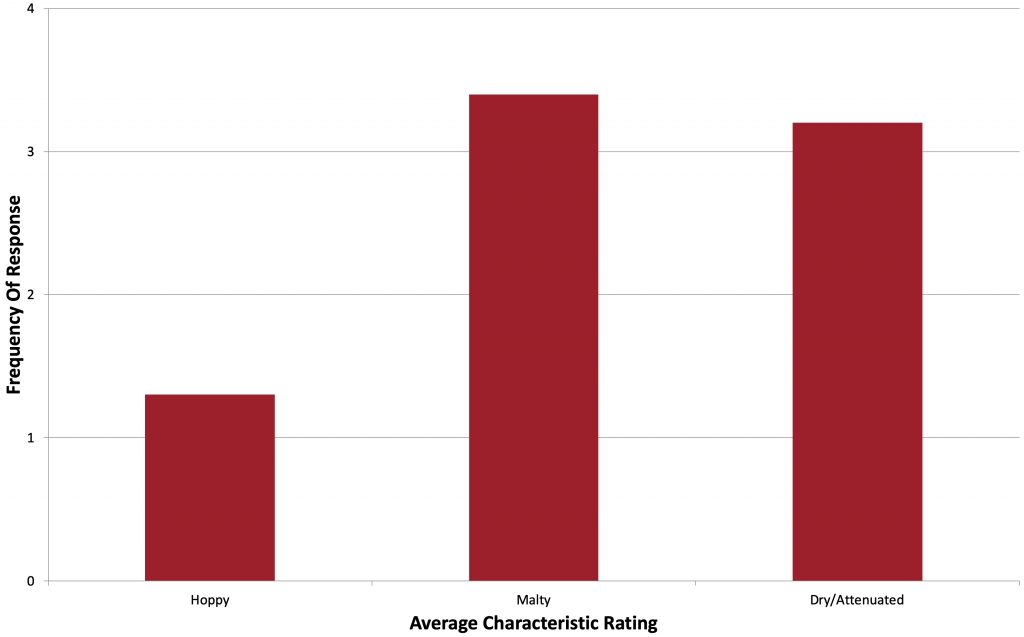
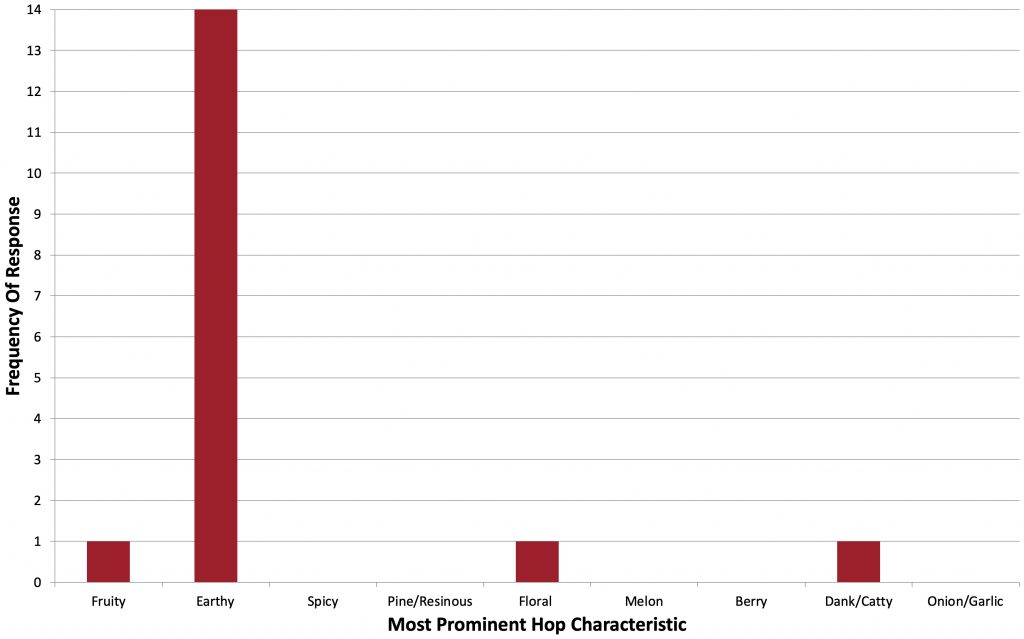
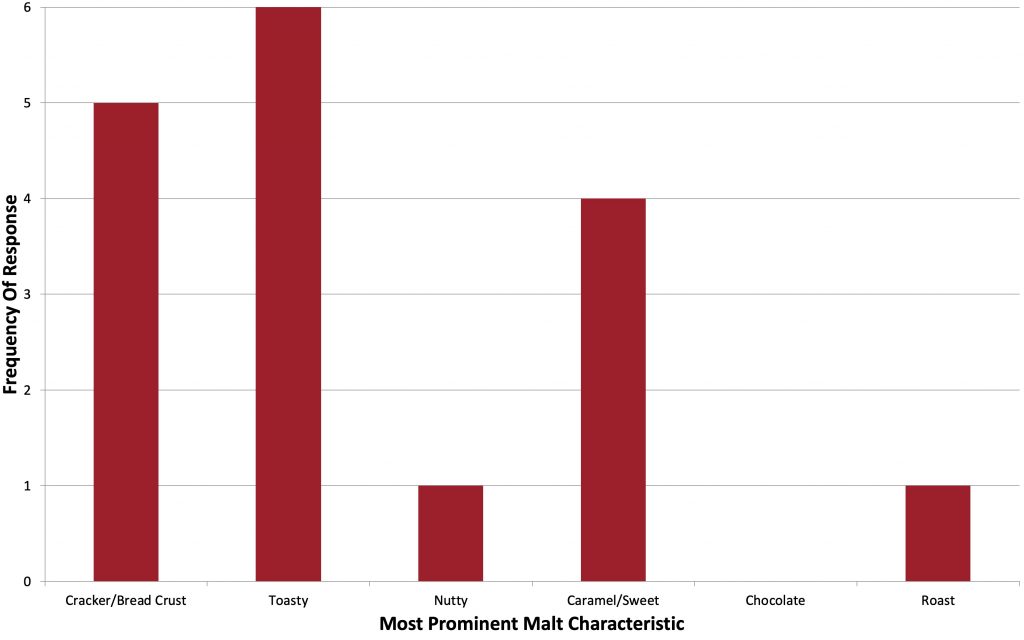
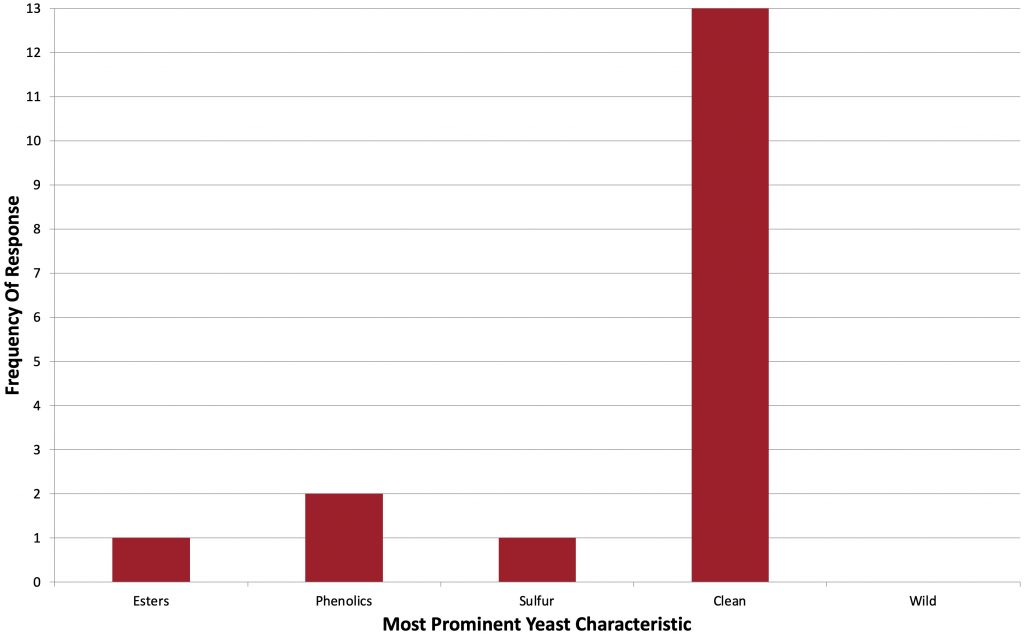
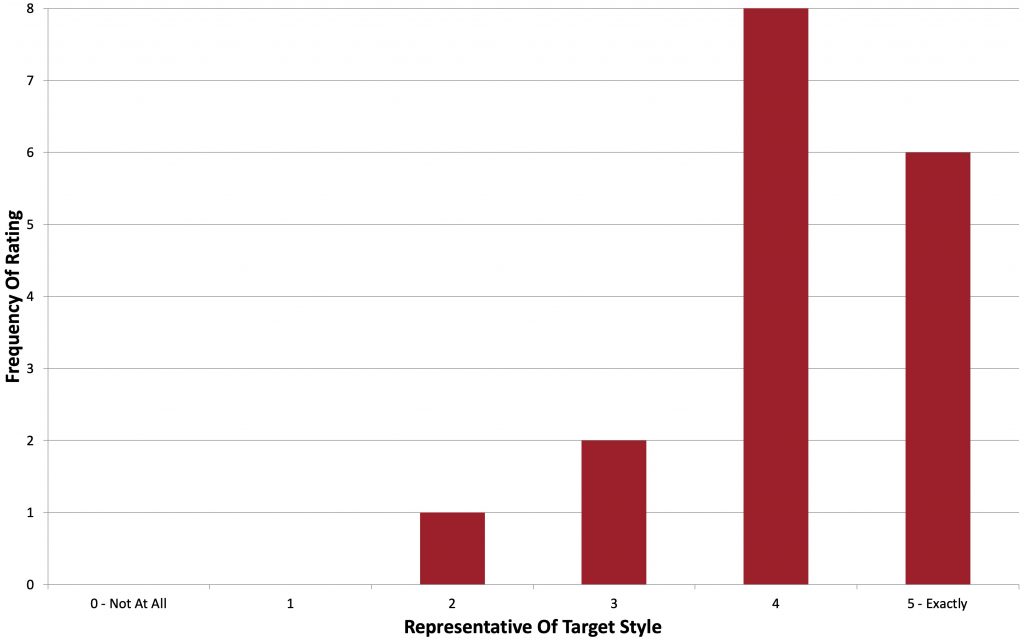
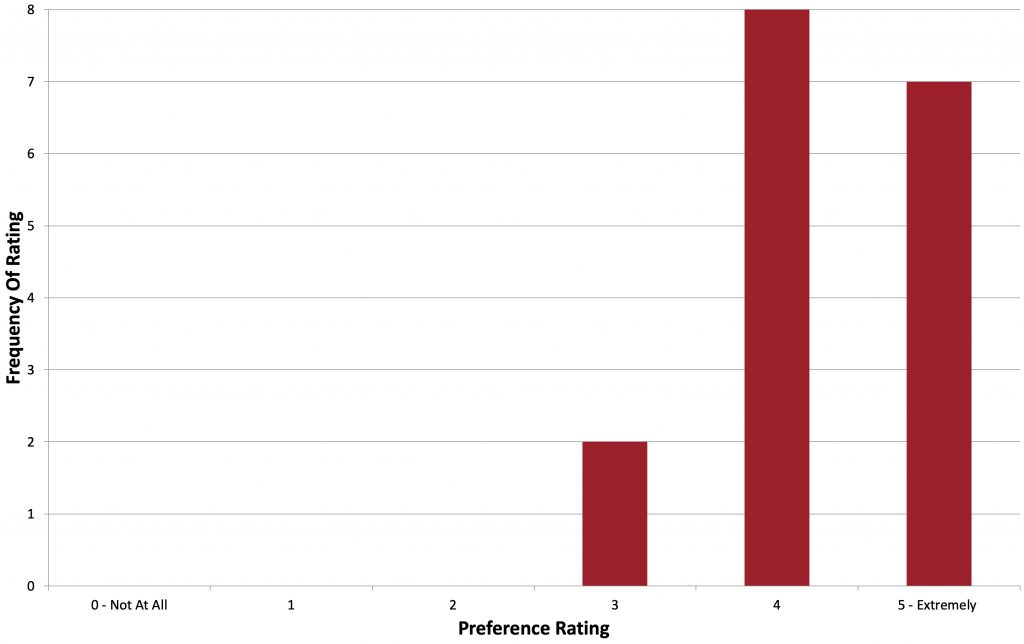










26 thoughts on “Short & Shoddy | Märzen”
Thanks Marshall. Seems I can still make a Marzen this year! Love the duct tape BTW.
Man – after all these years of following your blog I still really come away surprised sometimes. At this point I know I shouldn’t but damn – that’s a killer turnaround time on this lager. I’m gonna have to give this a go!
I know that it’s a Shorty and Shoddy but you can do better with the water additions. You would never post an article without the actual weight of malt or hops, or strain of yeast. Water is just as important.
But pale Festbier is more common at Oktoberfest than copper colored Märzen these days!
🙂 sorry, I had to. It was my first thought based on attending the event a couple years ago.
Anyway, I really like this approach and will try it out myself this month. Before I had good temp control and therefore was unable to brew lagers, I did some Marzen-like ales myself. They were decent, but will give this a try next.
Ha. It’s the only reason I included that but…
What is the make and model of that chest freezer? I’ve got about an eighth of an inch of play on either side of mine when I put my flex+ in the freezer.
Insignia 10 cf from Best Buy
Dang…so it’s not too late to have one kegged for the fall 🙂 I’m doing this one next week!!
You could make it even shorter/shoddier with Oslo Kveik — pitch at around 90F, wrap the fermenter in a blanket and let it ride. Would be done in < 4days, and very clean. I've done several "lagerish" beers with Oslo this year, and it's got a firm spot in my yeast bank.
I’ve yet to have a Kveik lager that I like more than one fermented warm with traditional lager yeast.
Baking soda in the fermentation chamber is that for moisture control?
My wife said it helps with smells.
Sexy beer!
You should see the brewer!
One thing I would love to hear peoples take on is how they get rid of the beer they brew/keep their waist line in check! I feel like my coworkers can only drink so much, and my wife enjoys having people over but that only goes so far
Good Brü’s Views topic.
This is a constant battle for many beer lovers/brewers. Would love to hear a Brü’s Views podcast on this. I love brewing and drinking craft beer, but without lifestyle changes to off-set this, I’m headed toward future health problems. Already started some of these changes.
Brew smaller batches…3 or 3.5. By the time the neighbors get a few grolsch top bottles it goes pretty fast. If I do a full 5, same thing but I also sanitize 2-3 bomber bottles and fill them from the keg. Then you have some for down the road. Anyway, that’s what I do but still battle the waistline. Ahh well!,
Something has to give somewhere, so you could balance it out by not eating as much carbs and calories from other sources (sugar, grain, fruit), or consuming less beer.
I’ve been making low-carb beers across all styles lately using Brut-IPA methodologies, to fit them in to keto diet guidelines. Check Keto_Brewing on reddit.
The Beer Smith file shows a negative water addition for fly sparge. Im new to BIAB am i missing something?
Not sure why it shows that. Adjust it to fit your own setup.
How do you determine the appropriate increases to the grain bill for doing short & shoddy?
Brew a few S&S batches to determine your efficiency hit, then adjust from there.
Hey Marshall,
German boy, living in Germany.
I am a HUGE fan of your work. Great Job.
One thing I was a bit confused by for a while is your pronounciation of “Urquell”.
It is not pronounced as french like you do.
Instead, the “qu” is similarly pronounced like the “Kv” in Kveik.
Dont ask me why.
Took me a while to figure this one out just listening to your podcast.
I am sure, the tasters cannot taste a difference calling the yeast Urkell or Urquell. Just wanted to mention it 🙂
Great work,
Keep it up
John
Missen an n in my “name”
I used this as a jump off for an Oktoberfest I needed in a hurry. I used the grain bill but subbed in Kveik and fermented in three days in my attic during a hot early-mid September. Fined with gelatin on day 4 and bottled day 6. Let it condition for a week and a half and it turned out pretty good, according to my German father-in-law. Maltier than a Hacker-Pschor, but still had the honey notes that I love in that beer. Thanks for the help.